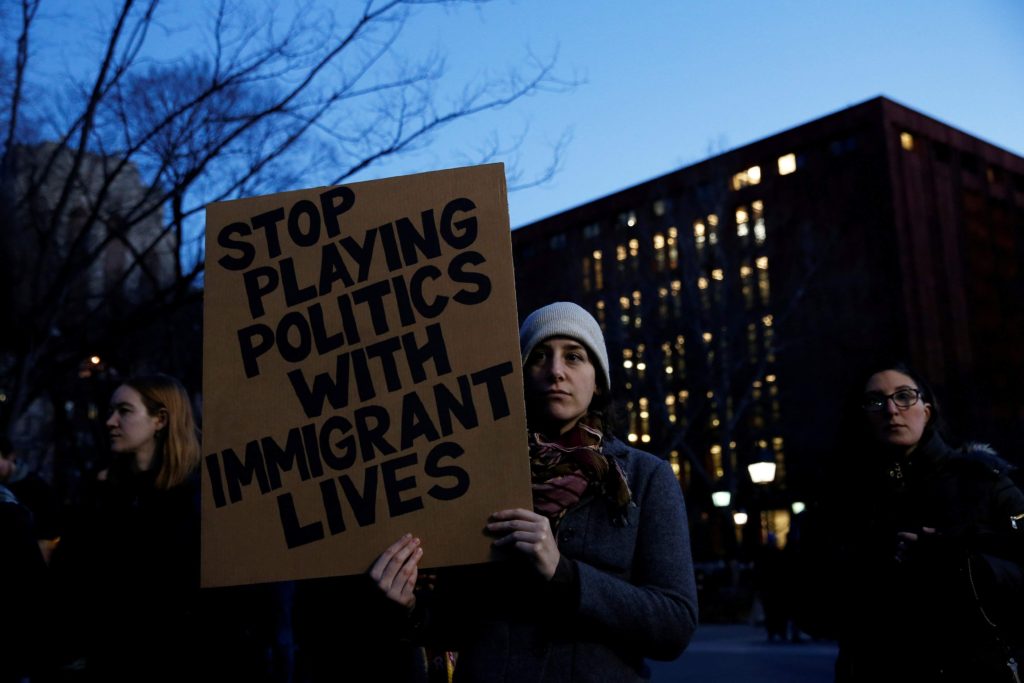Immigration reforms as outlined in two of President Donald Trump’s executive orders don’t change much for American cities and counties — yet.
I took a deep dive into two executive orders signed this week. The first, Border Security and Immigration Enforcement Improvements, relates primarily to development and construction of a wall along the southern border. The second, Enhancing Public Safety in the Interior of the United States, discusses how the federal government will interact with local jurisdictions.

I read and researched both documents with eye toward how they could impact Iowa jurisdictions labeled as “sanctuaries” due to the separation policies or ordinances they’ve enacted.
One piece of these documents I find most troubling is that they continue to use the term “sanctuary” without providing a legal definition. Instead, they reference a 1996 piece of U.S. code that prohibits government entities or officials from restricting information exchange with the Immigration and Naturalization Service, a Department of Justice entity that ended in 2003. While this statute prohibits policies that restrict exchange, it does not require any specific local actions.
The second executive order provides sole discretion to the Secretary of Homeland Security “to designate … a jurisdiction as a sanctuary jurisdiction.” Once so labeled by the secretary, the attorney general is required to “take appropriate enforcement action against any entity … which has in effect a statute, policy, or practice that prevents or hinders the enforcement of Federal law.” As I’ve noted previously, separation policies do not stymie federal law or activities.
The first order states the executive branch’s intention “to empower State and local law enforcement agencies across the county to perform the functions of an immigration officer” through a long-standing, voluntary program known as 287(g). But the second order appears to contradict or at least muddy this directive by reincarnating a program known as Secure Communities, which purposefully did not deputize or task local law enforcement with additional federal responsibilities.
It’s important to note why 287(g) isn’t wildly adopted — only 34 jurisdictions currently have agreements, none are in Iowa — and why Secure Communities was scuttled.
Agreements made under 287(g) resulted in widespread racial profiling. Both programs resulted in expensive unfunded mandates and legal liabilities. Thousands of legal citizens were detained as part of Secure Communities. Finally, courts rejected the authority of local agencies to detain people beyond what their crime or violation required.
None of this, however, makes any difference in how Iowa jurisdictions operate. Agreements under 287(g) remain voluntary. Secure Communities operated passively, independent of local policy.
Threats to strip federal money, when placed beside Supreme Court prohibitions on federal coercion, amount to little more than political posturing and chest pounding.
The view may be different once we have details of Secure Communities’ reincarnation, but for now these executive orders change nothing.
This column by Lynda Waddington originally published in The Gazette on January 28, 2017. Photo credit: Shannon Stapleton/Reuters
